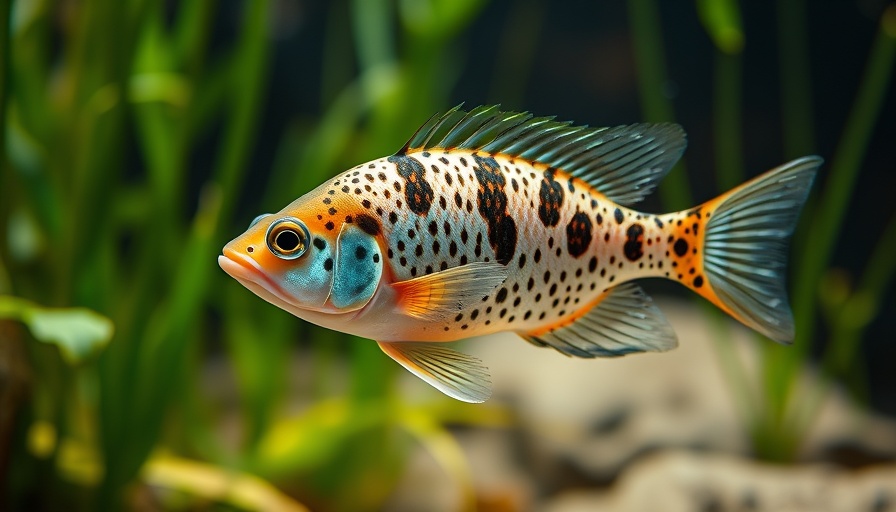
Exploring The Enchanting World of Molly Fish
Mollies are not just your ordinary aquarium fish; they are captivating creatures that add a unique splash of color to any tank. Found in fresh and brackish waters across the Americas, these fish are popular among both beginners and seasoned aquarists alike due to their adaptability and wide variety of colors. With their peaceful nature and sociable behavior, they make a brilliant addition to community tanks.
Molly Fish Varieties: A Rainbow of Choices
Molly fish come in numerous varieties, each with its own distinguishing features. From the classic Black Molly to the vibrant Dalmatian Molly, and the uniquely-shaped Balloon Molly, the options seem endless. There's also the eye-catching Sailfin Molly, known for its impressive dorsal fins, and the Lyretail Molly, which sports a stunning tail. Each of these varieties not only looks beautiful but also brings a unique aspect to the aquarium ecosystem.
Setting Up the Perfect Home for Your Mollies
Caring for mollies isn't overly complicated, but it requires some thoughtfulness. Begin with a tank that accommodates at least 20 gallons, particularly if you choose larger species like the Sailfin Molly, which thrives in larger spaces. Maintaining proper water conditions is essential; mollies prefer slightly alkaline water, with pH levels between 7.5 and 8.5. These social beings are best kept in groups, so aim for at least four mollies to encourage natural behaviors!
Feeding Your Mollies: Nutritional Needs
Mollies are omnivores and have diverse dietary needs. Quality flake foods or pellets intended for tropical fish should be the primary component of their diet. Additionally, consider supplementing with blanched vegetables like spinach and zucchini, which they relish. Offering frozen or live treats such as brine shrimp can also be a fun way for your mollies to enjoy a varied diet. Be cautious not to overfeed, as their messy eating habits can quickly muddy the water.
Common Health Concerns for Mollies
While typically hardy, mollies can still face several health issues, especially if water quality is compromised. Conditions such as Ich (white spot disease), fin rot, and bloat are common ailments that can arise. Regular water changes and tests for ammonia, nitrite, and nitrate levels will go a long way in keeping your mollies healthy and thriving.
Understanding Molly Fish Behavior and Compatibility
Mollies are known for their peaceful disposition, making them excellent candidates for community tanks. However, it’s wise to avoid pairing them with aggressive species to prevent stress and injury. Ideal tank mates include peaceful fish like Platys, Tetras, and Guppies. Always monitor new introductions to ensure a harmonious environment.
The Joy of Breeding Your Molly Fish
If you're looking to expand your aquarium family, mollies are one of the easiest to breed. As livebearers, females carry their young until they are fully developed. Aim for a ratio of one male to at least two females to mitigate stress and maximize breeding success. Keep an eye on the female's size, as she may give birth every 30 to 60 days, sometimes producing over 50 fry!
Maintaining Long-term Health for Your Mollies
The typical lifespan of a molly fish ranges from 3 to 5 years, depending largely on care and environmental conditions. Creating a stable habitat with regular water changes and suitable tankmates will enhance their longevity. Stay vigilant about their health and well-being, and you'll enjoy many happy years with your colorful aquatic companions.
Conclusion: A Colorful Fish for Colorful Lives
In conclusion, caring for mollies is not only a fulfilling hobby but also a way to connect with their vibrant personalities. Whether you’re a novice or an experienced aquarist, these fish are fantastic choices that contribute cheer and activity to any aquarium. By understanding their needs, you can create an environment where they flourish, making your time with mollies a truly delightful experience!
 Add Row
Add Row  Add
Add 


Write A Comment